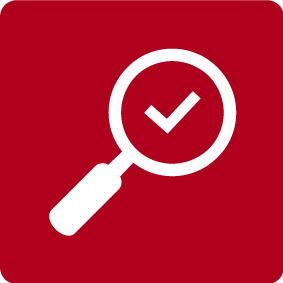
Nicollier, Foale give Hubble Telescope new brain
Space shuttle Discovery's master mechanics Claude Nicollier of Switzerland and Michael Foale from the United States stepped into space on Thursday and replaced the Hubble Space Telescope's antiquated computer with a newer model.
Space shuttle Discovery’s master mechanics Claude Nicollier of Switzerland and Michael Foale from the United States stepped into space on Thursday and replaced the Hubble Space Telescope’s antiquated computer with a newer model.
“The brains of Hubble have been replaced,” astronaut John Grunsfeld announced from inside the shuttle as the two spacewalkers outside completed the job.
Michael Foale and Claude Nicollier hovered next to each another in space as they pulled out the old computer and put in the new one.
It was the second of three planned spacewalks to fix the $3 billion telescope, which has been out of commission for the past month.
Besides the computer work, the astronauts replaced one of the Hubble’s three fine guidance sensors, piano-size instruments used to point the telescope. It was slow going: Nicollier tried to guide the bulky box into its tight slot as Foale floated nearby, telling him which way to push. Both men finally had to shove it in.
Foale and Nicollier, both astrophysicists, were awestruck gazing up at the four-story telescope jutting out of the shuttle cargo bay, more than 595.33 kilometres (370 miles) above Earth.
“Well, Claude, what do you think?” Foale asked.
“Beautiful. Beautiful,” Nicollier murmured.
The installation of the new $7 million computer fell to Foale, who happens to be a software programming whiz. He had to be extra careful not to bend the approximately 1,000 fragile, gold pins in the computer cables.
A quick electrical check showed that all the connections were good. “The Hubble not only has new brains, it’s thinking,” Mission Control told the crew.
The Hubble’s old computer is based on an Intel 386 microchip. The new one is an Intel 486 — 20 times faster with six times the memory. Actually, there are three identical computers in the replacement box, only one of which is used at any given time. Each
has two megabytes of memory.
“Now that doesn’t sound like much in days where everybody talks about 64 megabytes or 128 megabytes,” said Hubble program manager John Campbell. “But you should keep in mind that we don’t do Windows and we don’t have disks and we don’t do Internet, and the old computer only had a tenth of a megabyte, so this is a major increase in capability.”
NASA tests computers for four years before flying them in space to ensure they can withstand the harsh cosmic radiation — thus the gap in technology.
Laptops taken into space by astronauts crash at least once or twice a day because of radiation hits. That’s unacceptable for the Hubble, which needs a computer operating “day in and day out,” Campbell said.
Unlike Wednesday’s spacewalk, slowed by stubborn bolts and caps and hard-to-close lids, everything went pretty much according to plan. There was a moment of concern when Mission Control noticed a spike in carbon dioxide in Nicollier’s spacesuit, but it turned out to be a bad reading. To be safe, Mission Control kept asking
Nicollier how he felt. His reply: fine, just thirsty.
The spacewalk lasted eight hours and 10 minutes, almost as long as Wednesday’s.
The telescope will be set free on Saturday, and the shuttle is set to return to Earth on Monday.
The Associated Press contributed to this report.

In compliance with the JTI standards
More: SWI swissinfo.ch certified by the Journalism Trust Initiative



























You can find an overview of ongoing debates with our journalists here . Please join us!
If you want to start a conversation about a topic raised in this article or want to report factual errors, email us at english@swissinfo.ch.